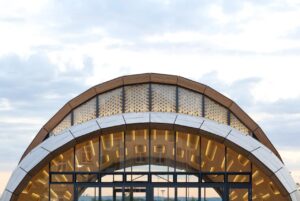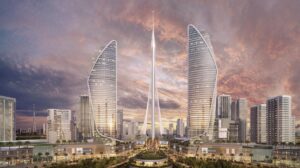Introduction: Tropical Modernism’s Next Chapter
Tropical Modernism originated in the post-colonial tropics of West Africa and South Asia in the 1940s. It emerged as a blend of modernist principles with the vernacular traditions of hot, humid regions. Pioneered by visionaries such as Maxwell Fry, Jane Drew, Geoffrey Bawa, and Vladimir Ossipoff, this movement highlighted features like wide verandas, cross ventilation, and locally sourced materials including timber, bamboo, and stone. In 2025, the urgency of climate adaptation and ecological resilience is reimagining this style with a strong focus on sustainability and community inclusion.

Why now? The Imperative for 2025
Climate Resilience
Soaring temperatures and unpredictable rainfall patterns necessitate passive cooling design, solar shading, and rainwater harvesting. Modern tropical homes must adapt dynamically to their environment.
Cultural Resurgence
Formerly shaped by colonial powers, Tropical Modernism is now being reclaimed by local architects through indigenous techniques and culturally embedded narratives, emphasizing equity and authenticity.
Wellness and Biophilia
The reconnection to nature through design is no longer a trend but a necessity. Courtyards, natural materials, and strong indoor-outdoor transitions support mental health and ecological balance.
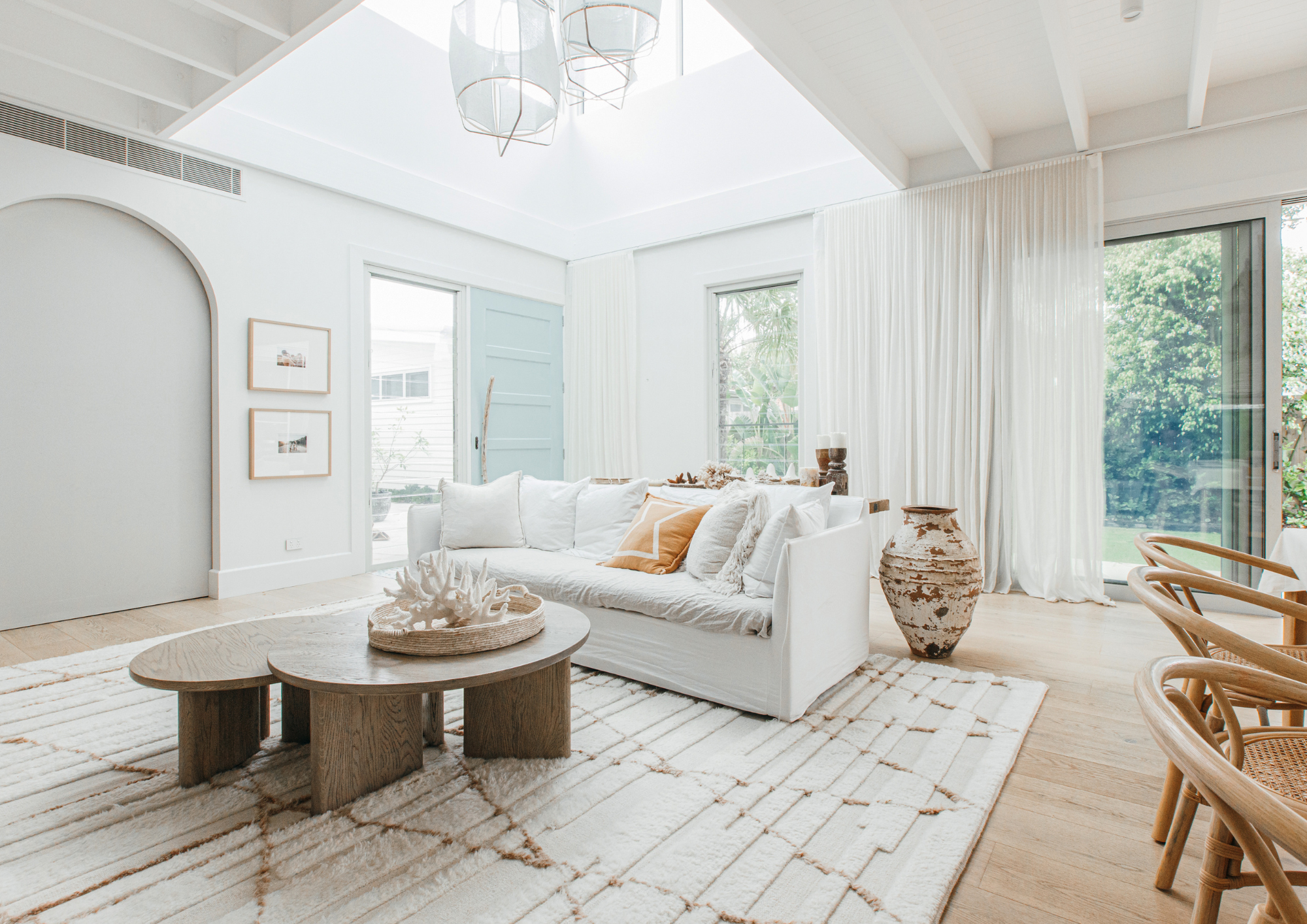
Principles of Sustainable Tropical Modernism 2025
Passive Climate Control
The S11 House in Malaysia exemplifies modern passive design:
- Oriented along a north-south axis
- Shading overhangs and low-E glazing
- Courtyards and reflective water features for evaporative cooling
Eco-Friendly, Low-Impact Materials
- Locally sourced bamboo, reclaimed wood, volcanic stone
- Low-VOC finishes to improve indoor air quality
- Promotes circular, low-carbon construction
Adaptable Envelopes & Shading Systems
- Use of operable louvers, perforated screens, and ventilated skins
- Examples include Singapore’s WOHA towers that “breathe”
Renewable Integration & Efficiency
- Rooftop photovoltaic systems, rainwater tanks, and greywater reuse
- GBI Platinum certifications for buildings like the S11 House
Biophilic Architecture
- Integrates green walls, rooftop gardens, and nature-linked layouts
- Promotes biodiversity and enhances user wellness

Case Studies of Tropical Modernism in Practice
S11 House, Petaling Jaya, Malaysia
- Architect: Tan Loke Mun
- Features: 5kW solar PV, rainwater harvesting, composting
- Awards: GBI Platinum, ASEAN Energy Award

WOHA Towers, Singapore
- High-rise buildings with open cores, plant-wrapped façades, and natural ventilation
- Sets a new global precedent for dense tropical environments
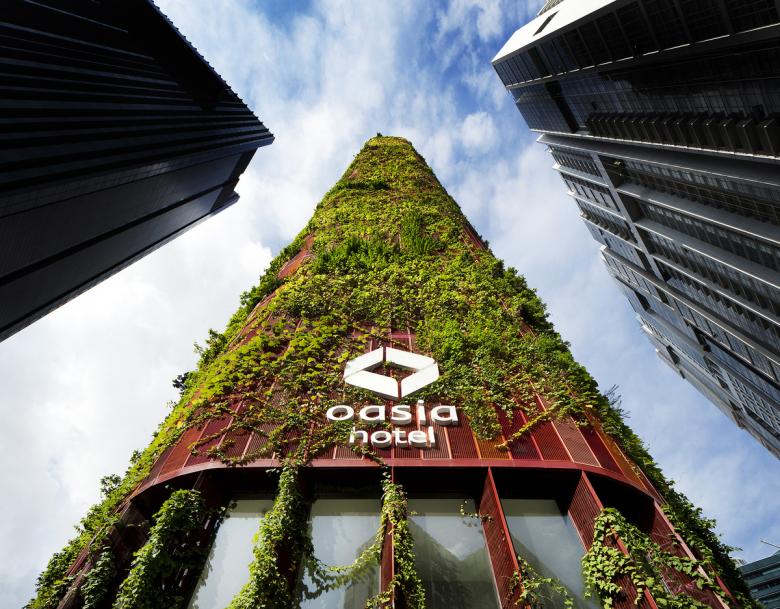
Elora Hardy’s Bamboo Structures in Bali
- IBUKU studio has constructed over 90 bamboo-based homes and campuses
- Uses local, rapidly renewable materials for both durability and beauty
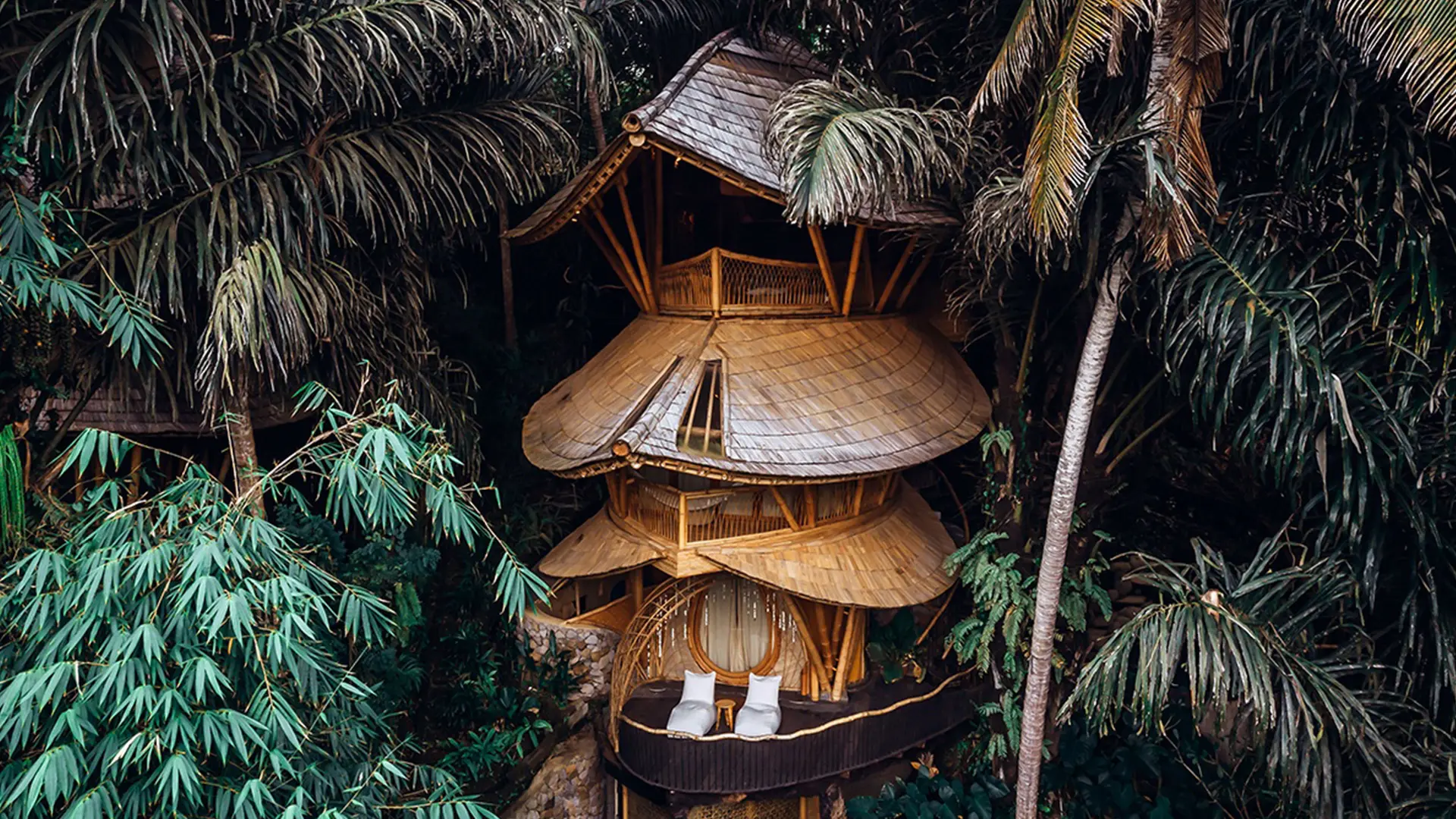
Karunaratne House in Kandy, Sri Lanka
- Architect: Minnette de Silva
- Modernism rooted in Sri Lankan landscape and climate

Innovations Reshaping 2025 Architecture
Innovation & Description
Photobioreactor Facades_ Algae screens collect CO₂ and provide shade, a novel but interesting idea.
Modular recycled plastic screens_ Upcycled, adaptable shading pieces provide texture and sustainability.
Smart shading system_ IoT-enabled louvres in smart shading systems automatically react to climate and tenant preferences.
Composting Courtyards_ Indoor-outdoor composting zones create soil for on-site plants.
These advancements are changing buildings from static entities to ecological participants—responsive, regenerative, and climate adaptive.
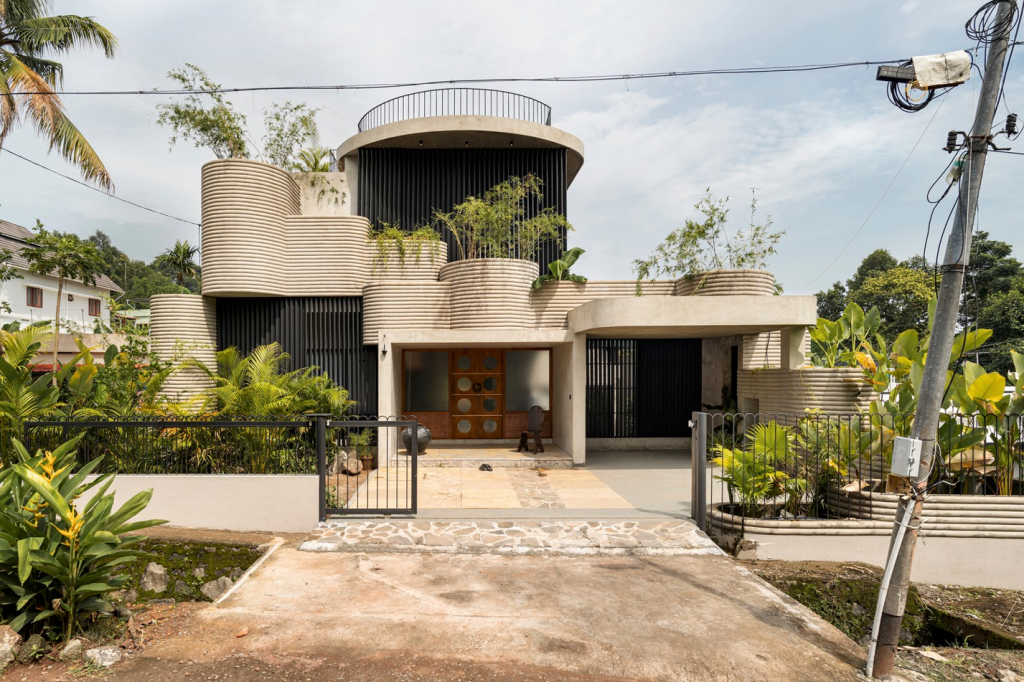
Designing for 2025: Workflow and Strategy
Climate First Analysis
Using sun-path and wind-rose tools to define optimal orientation, shade coverage, and airflow patterns.
Community and Cultural Synthesis
Partner with local builders, material craftspeople, and cultural custodians to embed authenticity.
Performance benchmarks
- LEED, GBI, EDGE, or Living Building Challenge standards
- Lifecycle carbon analysis and thermal comfort metrics
Circular Life Cycle Design
- Focus on durable, modular, and disassemblable materials
- Promote long-term adaptability and reuse
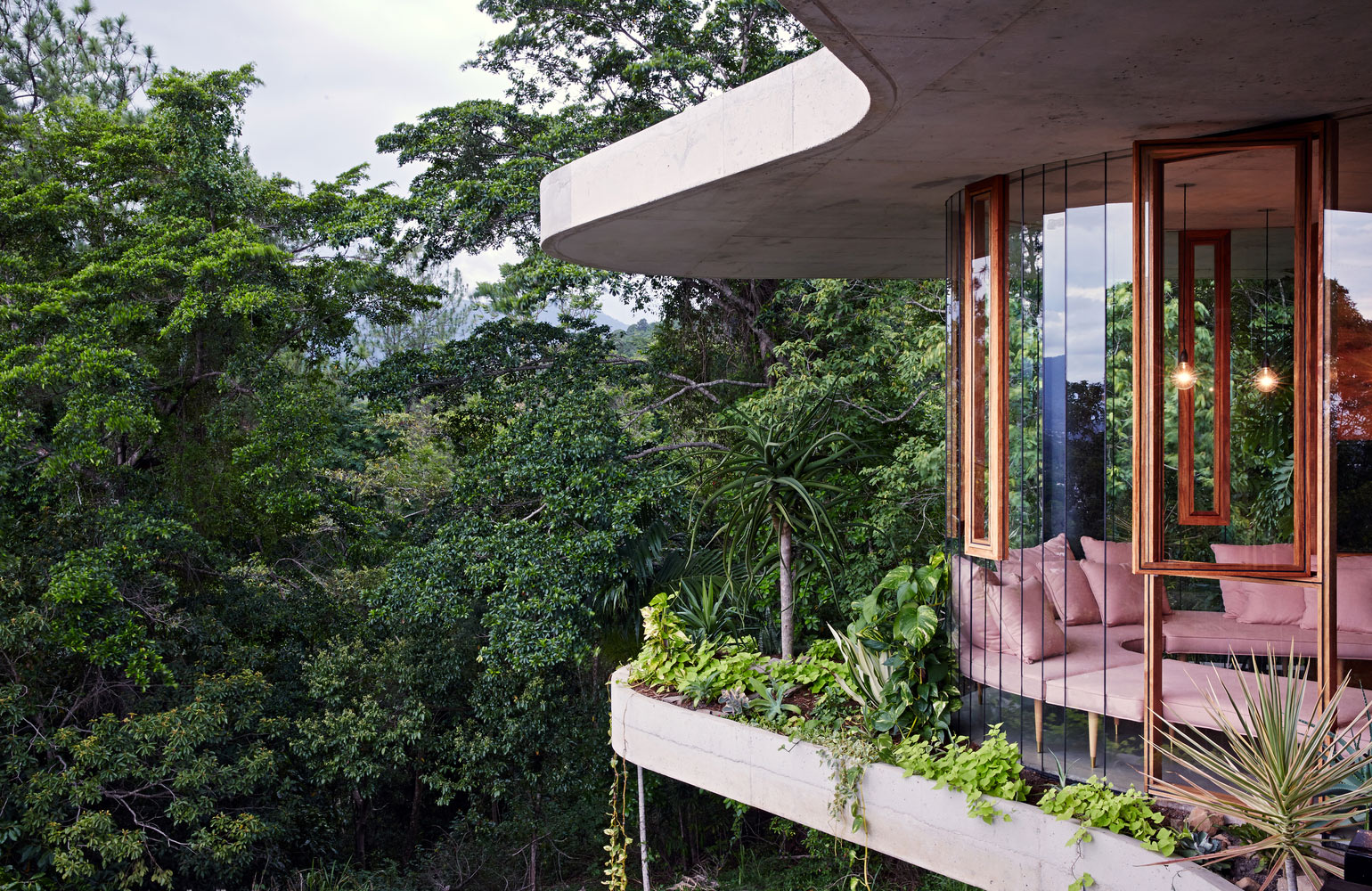
Challenges and Opportunities
Challenges:
- High upfront investment for renewable systems
- Scarcity of trained labor for eco-construction
- Zoning restrictions for unconventional building envelopes
Opportunities:
- Significant long-term energy cost savings
- Increased property value through certification
- Growing market for eco-tourism and wellness real estate

2025 Forecast: The Future of Tropical Modernism
As climate urgency peaks, Tropical Modernism is no longer an aesthetic—it’s an environmental solution. From community housing to eco-resorts, this movement is carving a future rooted in climate sensitivity, cultural depth, and regenerative potential.
Institutes like the Tropical Architecture Summer School in Bali are training the next generation of architects to embrace low-tech solutions with high impact. Major architecture festivals such as the Venice Biennale 2025 are prioritizing Living Labs, material circularity, and biospheric design as core themes for the decade.

Brutalism and Tropical Modernism are combined at Art Villa in Costa Rica, designed by Prague-based architects Formafatal and Refuel Works_©BoysPlayNice / Concrete Jungle, gestalten 2023,
Call to Action: Bring Your Tropical Vision to Life
Are you planning a tropical or subtropical home, resort, or community center? Let’s explore how passive cooling, renewables, biophilic integration, and circular design can make your space not just livable—but inspiring.
For more blogs like this you can visit :
you can also check this



